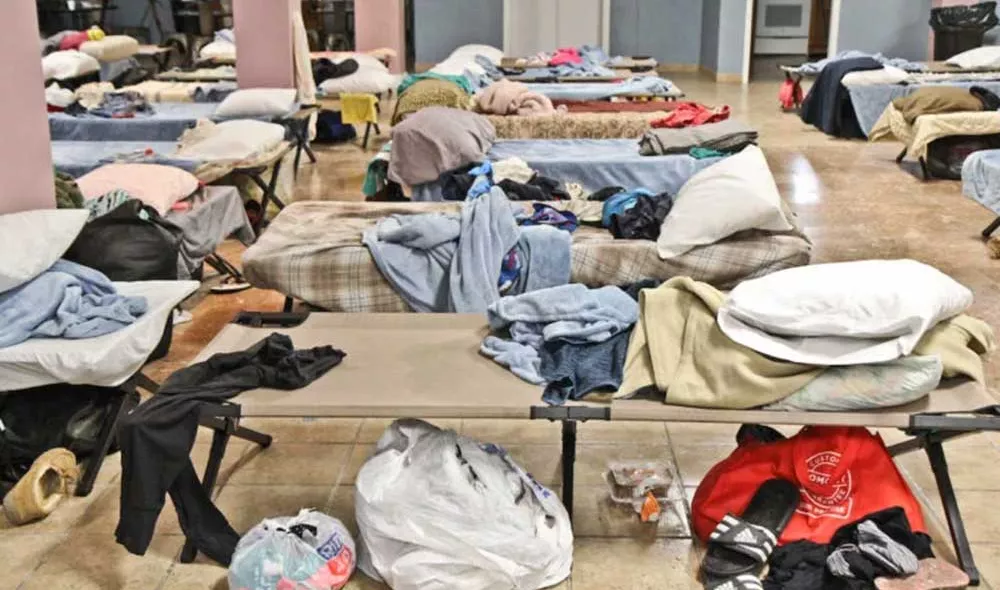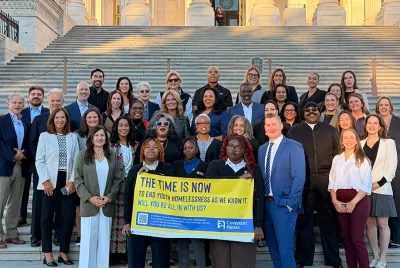Ending Homelessness for All: The Data Problem

“The views, thoughts, and opinions expressed in the text of the article below belong solely to the author of the article and do not necessarily reflect the views of Covenant House International. These articles are shared with the purpose of being informative and thought-provoking.”
In our second article this month covering how we can end homelessness for all, we have to address the challenges of data. Covenant House has always acknowledged that the crisis of youth homelessness and homelessness in general include people that might not be counted by older data, or any data at all. Just counting people who are currently living on the streets or in shelters does not cover the expanse of the general population of people who are experiencing a form of homelessness. It doesn’t include young people who are couch surfing, who are unstably housed at various times throughout the year, who have recently been homeless and have not yet found long-term housing, and more. Truly addressing the homelessness crisis requires us to look at the greater picture, and come up with solutions that will help us end youth homelessness in this lifetime.
As Alexia Clarke, CEO of Covenant House Pennsylvania explains in the excerpt below, acknowledging the challenges that our current data collection methods present will allow us to formulate better solutions. We can engage people in a way that acknowledges there are many forms of homelessness so that we can do better data collection, and with better data, we can do more effective advocacy. Local and federal agencies often underestimate the extent of the homelessness crisis due to the challenges of collecting good data, but without their support, we simply won’t be able to end homelessness for good. That’s why Covenant House always stands in partnership with individuals, companies, and government agencies committed to ending homelessness, because we know it’s something we can only face when we are united.
Read the full article on homelessness and data here
“Counting youth experiencing homelessness is an immense challenge. The stigmas around homelessness, invisibility of those who couch surf or “double up” in shared, temporary housing, and intersection between homelessness and incarceration lead to frequent undercounts, making it more difficult to provide services. The difficulty in simply assessing the number of youth who are without housing is, according to Alexia Clarke, the CEO of Covenant House Pennsylvania, due to a combination of factors. Her organization provides shelter and rapid rehousing to youth experiencing homelessness.
‘The transient nature of the population, their protective distrust of systems, and the variation in what constitutes homelessness makes it tough to get accurate counts,” she said. “Limited resources for data collection also leads to underreporting. We’ve got to put in serious effort into outreach, for example, to connect with young people affected by homelessness effectively.’
The federal government’s method for counting people experiencing homelessness — and, consequently, distributing funding — is an annual “Point In Time” count of all people residing on the streets and in shelters on a single day during the year.
This year’s Point In Time count, conducted on Jan. 25, identified 368 youth experiencing homelessness aged 18 to 24. That’s far lower than the 1,574 young adults documented by the city’s homeless services in 2022.
The Point In Time count likely leaves out youth who are couch surfing, and weather can affect the number of people who are out on the streets from night to night, said David Fair, the deputy chief executive officer of Turning Points For Children and co-chair of Philly Homes 4 Youth.
‘The point in time count is, I think, a really good model, but it can only be useful if it’s done frequently,’ Fair said. ‘Having one point in time a year is not going to get you an accurate picture of the homeless population in Philadelphia.’…
…Mirroring national trends, affording a home has gotten more difficult in Philadelphia as median housing prices have increased by 26% over the past five years, according to Redfin. The homeowner vacancy rate was an estimated 1.2% on average from 2017 through 2021, according to the U.S. Census Bureau. This falls below the target of 2% that many experts say indicates a healthy housing market.
Renting presents significant challenges for numerous residents, as more than half allocate more than 30% of their income to rent. This expenditure level is classified as “cost-burdened” by the Census Bureau, and it indicates a substantial financial strain.”
You might also like...
Shelter Is Only the Beginning
From crisis to care: Find out what it's like when a young person enters our doors.


